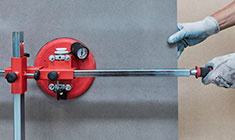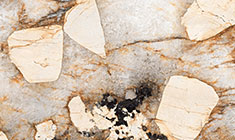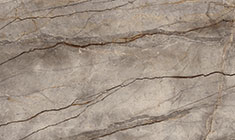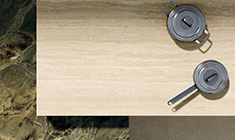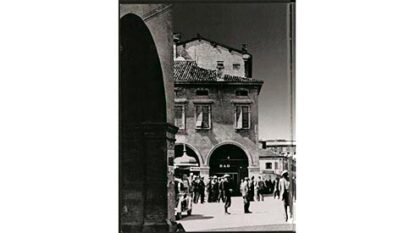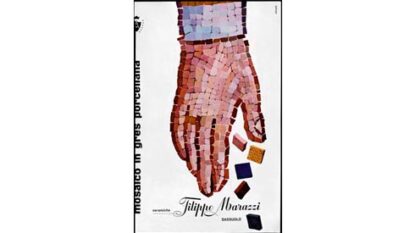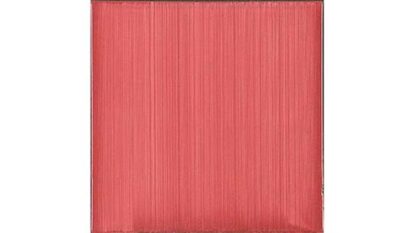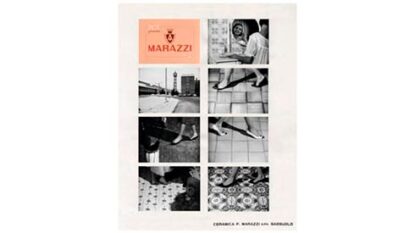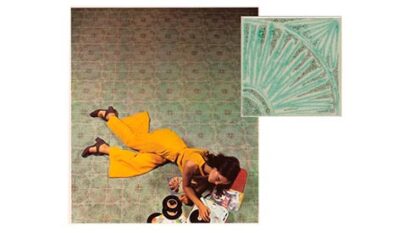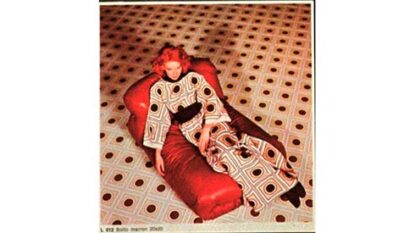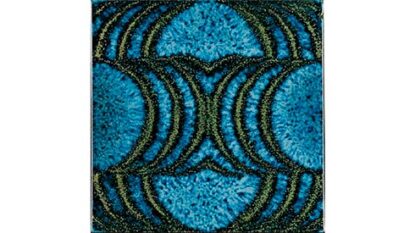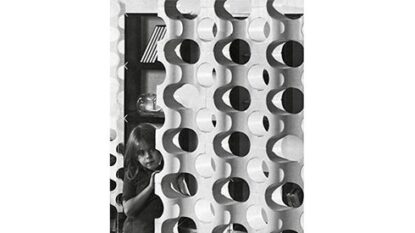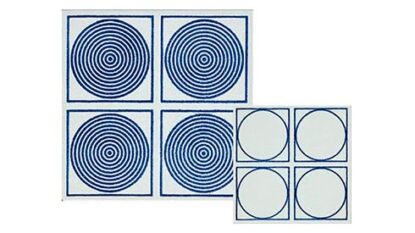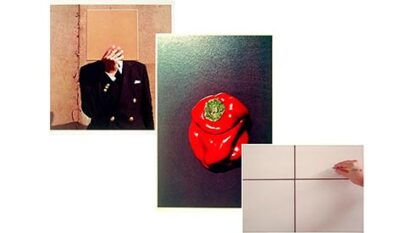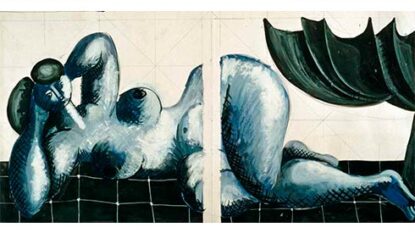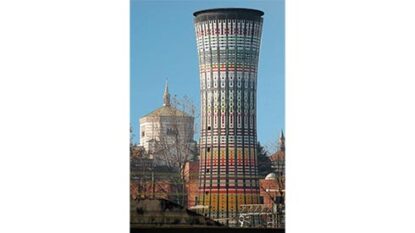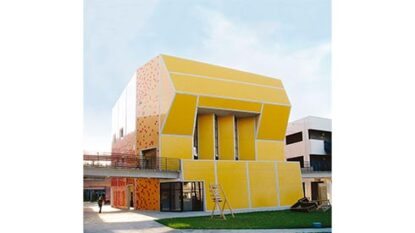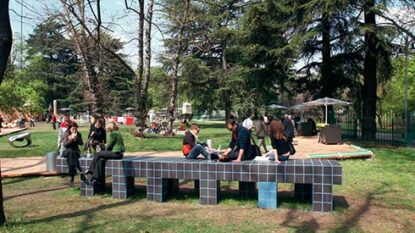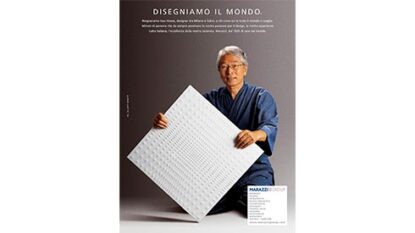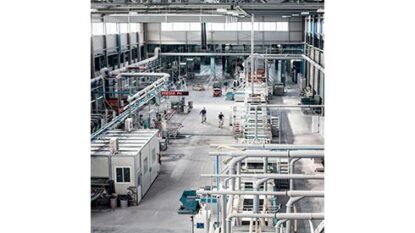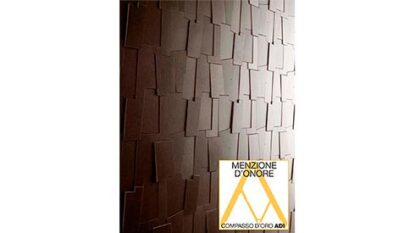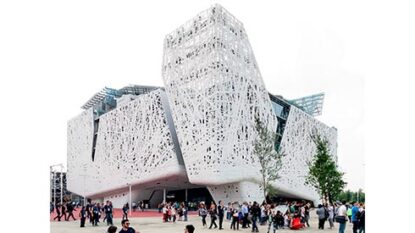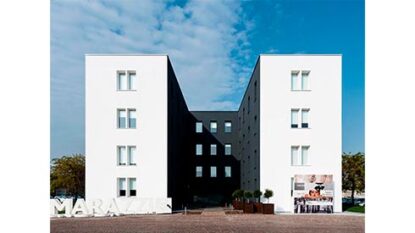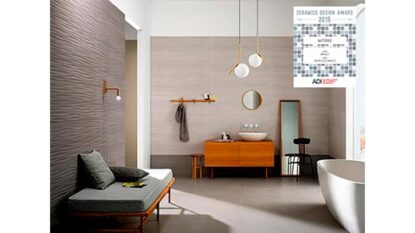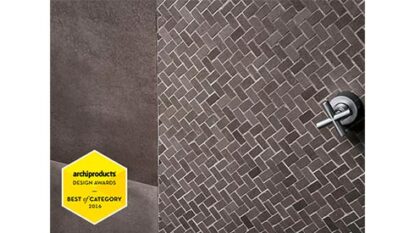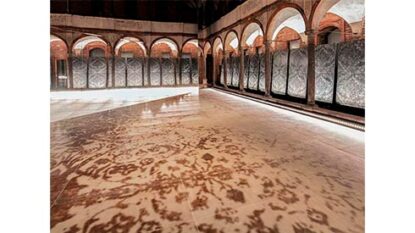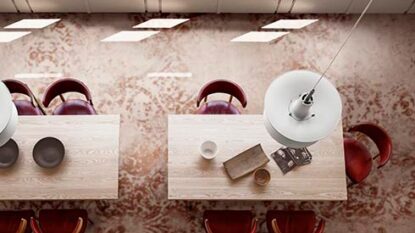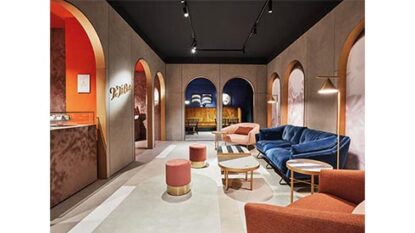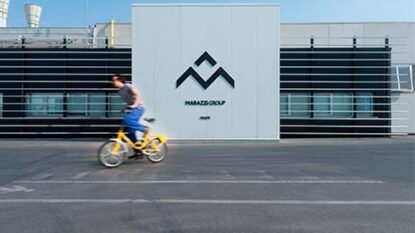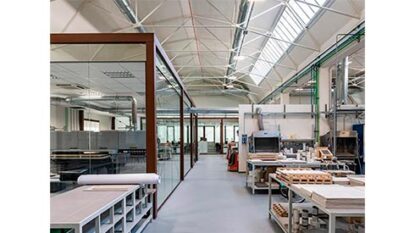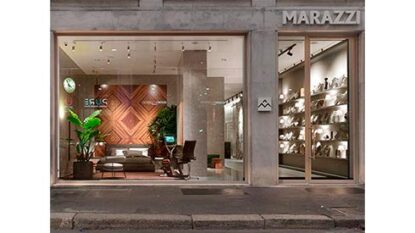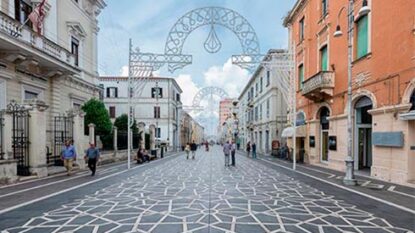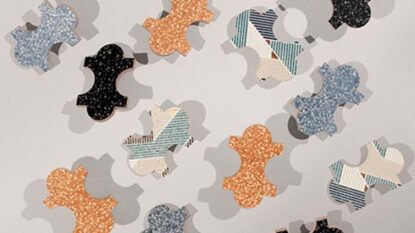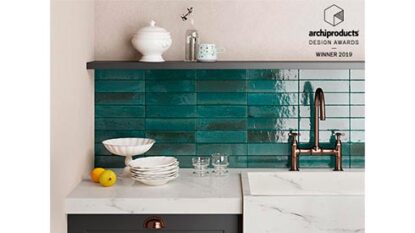Marazzi is the ceramic tile industry’s best known brand. Present in more than 140 countries, it is universally recognised as synonymous with quality ceramic tiles, and symbolises the best of Italian style and manufacturing in the interior decoration and design sector.
About us

Marazzi was founded in 1935 at Sassuolo, in what was to become the top international hub for the creation of state-of-the-art, high-end ceramic tiles, which has grown together with the company over the decades.
In fact, Marazzi has been responsible for the main technological, process and design innovations in the ceramic tile industry – some of which have become major milestones in the history of modern ceramics – that have made the company and the district a benchmark for the entire ceramics world.
An unfailing flair for research and experimentation, the ability to predict and respond to changes and developments in lifestyles, architecture and design, and the prioritisation of the environment and sustainability. These are the strong points that have enabled Marazzi to rise to the top of its industry, in Italy and internationally, and constantly confirm its leadership.
In the last five years Marazzi has doubled production capacity at the Fiorano Modenese and Finale Emilia plants, reconstructed the historic Sassuolo factories and research laboratories, renovated its headquarters with new offices and the new showroom, restored and opened to the public the Crogiolo, the 1930s building where Marazzi was founded, and opened the flagship stores of Milan, London, Paris, Warsaw and Lyon.
Today Marazzi belongs to Mohawk Industries Inc., the world’s biggest flooring manufacturer listed on the New York Stock Exchange, and enjoys amazing international notoriety, both with designers, architects and contractors and with dealers and final customers.
Download
History
Style centre
Marazzi has always made aesthetic research a strong point of its offering.
Indeed Marazzi was the first company to pick up on the need for ceramic tiles to become a furnishing and architectural feature, placing the responsibility for product creation in the hands of leading designers. From its first partnership with Gio’ Ponti, which generated the “four curve” tile, recorded in the history of design under the name of “Triennale” in 1960, Marazzi continued to establish key partnerships, linking top names from the world of fashion, such as Biki, Rabanne e Forquet, and of architecture, for example Adalberto Dal Lago, to its products and investing in internal research labs to study trends in various countries and develop exclusive products.

The conception and design of products is coordinated and directed by the Marazzi Group Style Centre, in association with the business units’ sales and marketing managements, under the coordination of the respective Group managements. The research process consists of an analysis of the market trends and consumer tastes, intended to pick up consumers’ needs and transform them into stylistic designs and product specifications.
At the same time, laboratory technicians undertake experiments to transform the shapes, surfaces, colours and decorative motifs developed into a prototype, which is submitted to a Product Committee that assesses the complete project and consigns the “product card”, a document that specifies the new product’s main qualitative and quantitative characteristics, to the next stage in its realisation.
Research and development
The Group has always been committed and dedicated appropriate resources to research and development activity. This ongoing commitment has lead to the development of significant production know-how, both solely in-house and in cooperation with suppliers of equipment.
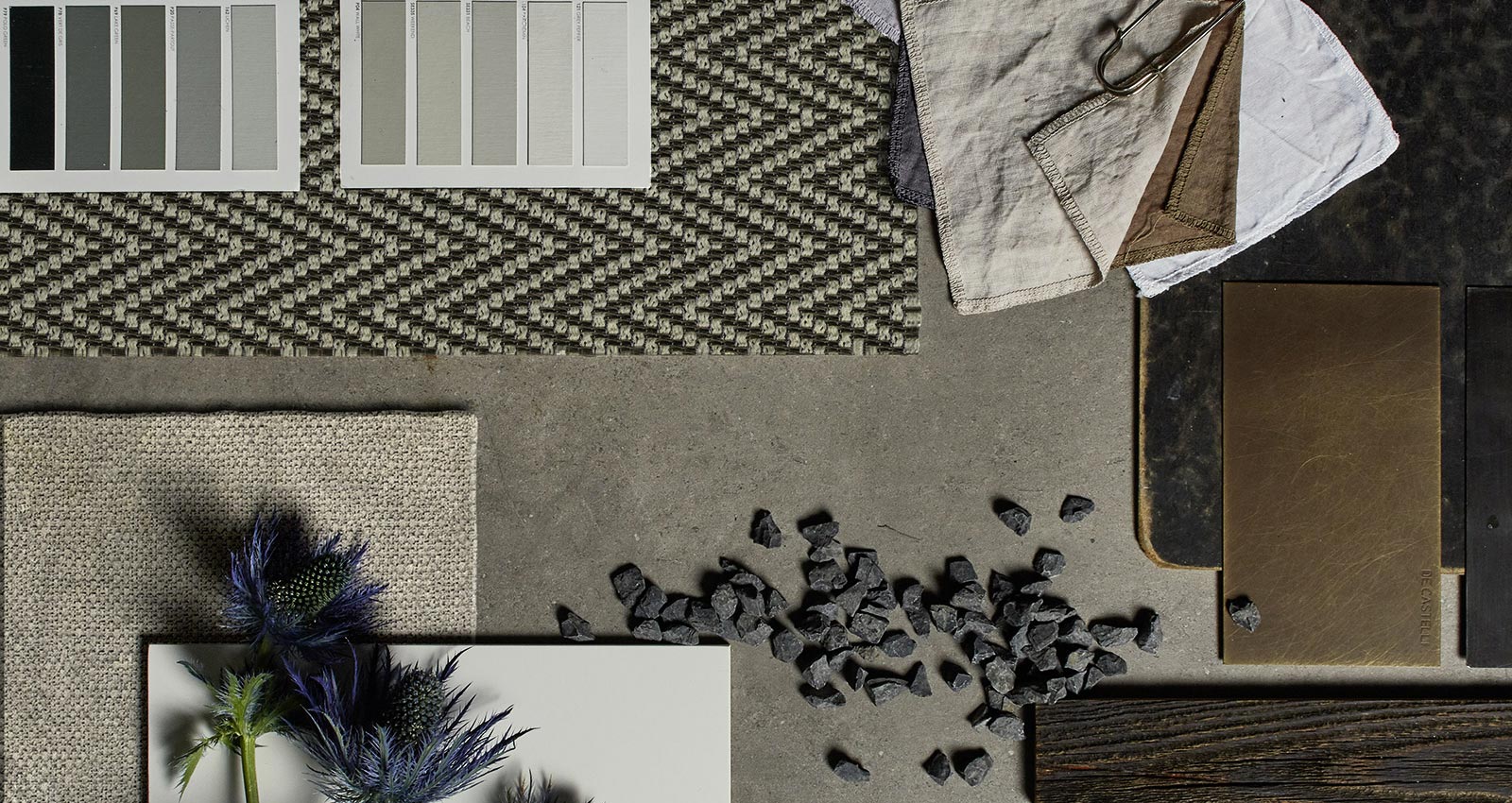
The use of tunnel kilns in the 1950s, the patent for its rapid single-firing process in the 1970s (which subsequently became the most widely used production process) and the Firestream patent (glaze applied to the incandescent clay body ) in the 1980s are all-important phases in Marazzi’s key commitment to R&D.
Today, not only is Marazzi able to rely on dozens of technological patents, but also on extremely state-of-the-art plants that can ensure excellent levels of production, considerably higher than the industry average and above all considerable flexibility which makes it possible to rapidly adjust production to fit trends in various markets.
The Group has an internal research and development team, comprised of approximately 60 employees in the aggregate, divided into separate teams for each business unit. The Group’s research and development team works alongside universities and institutes, and participates in projects.












